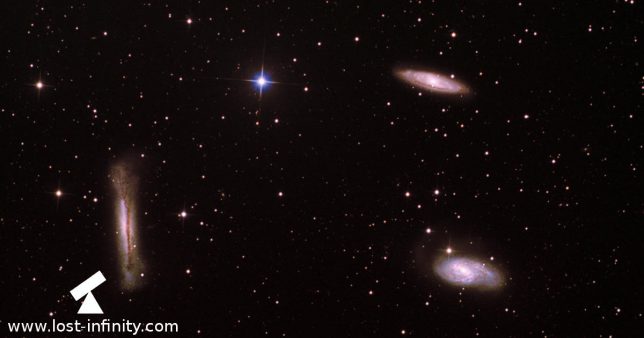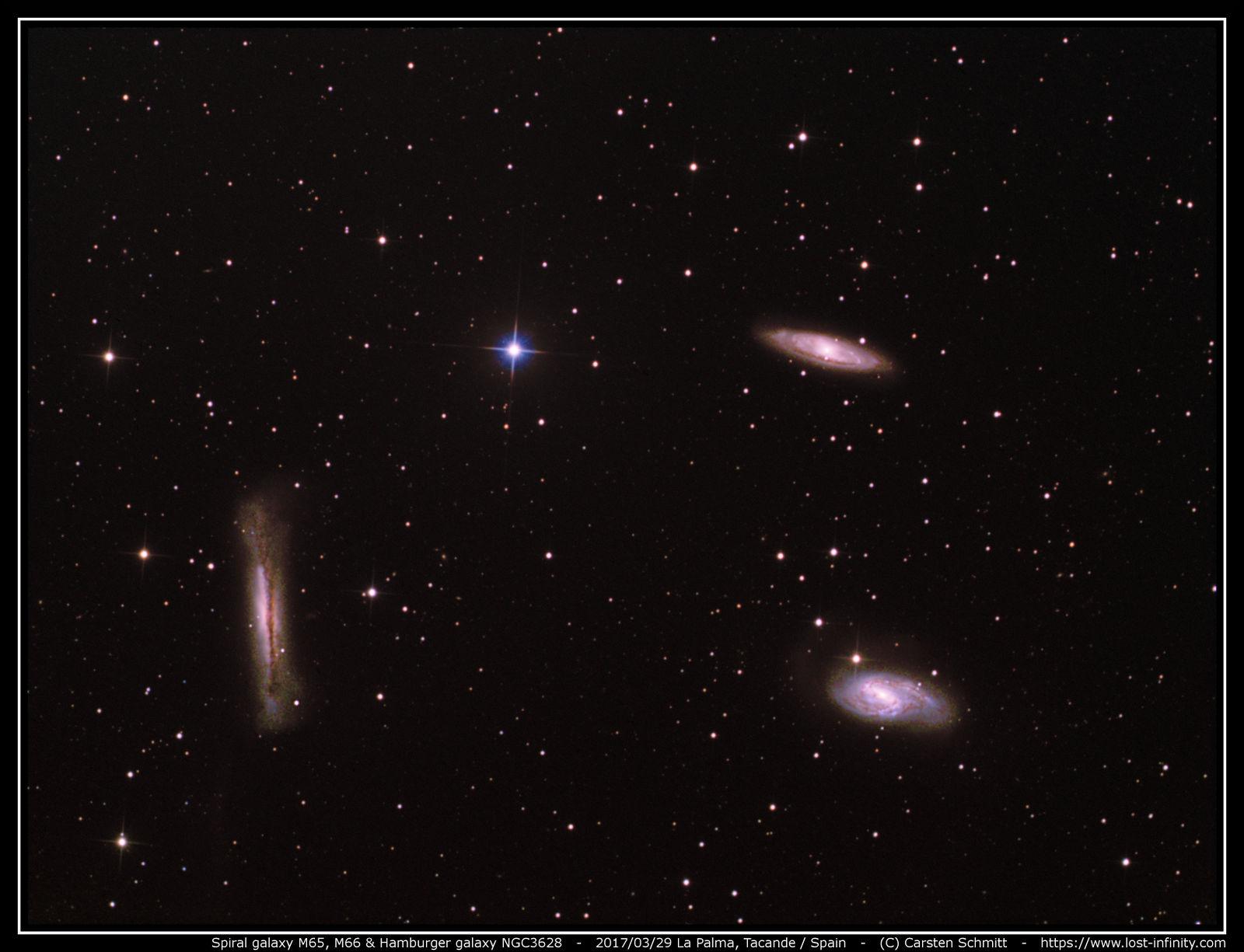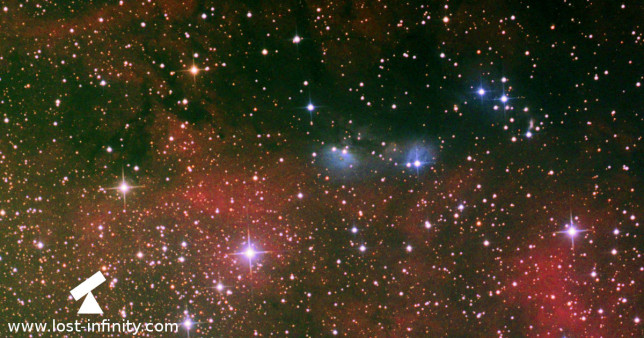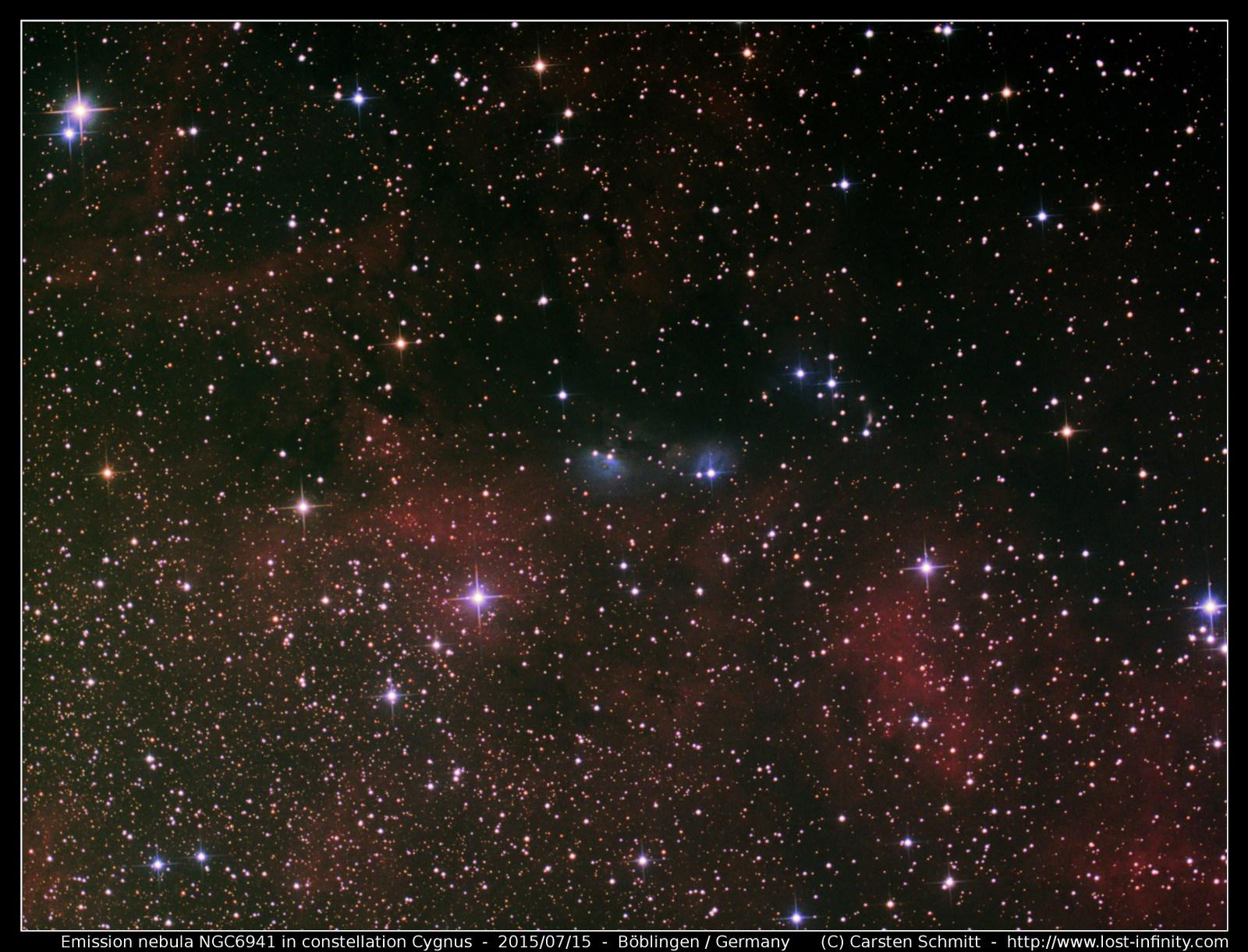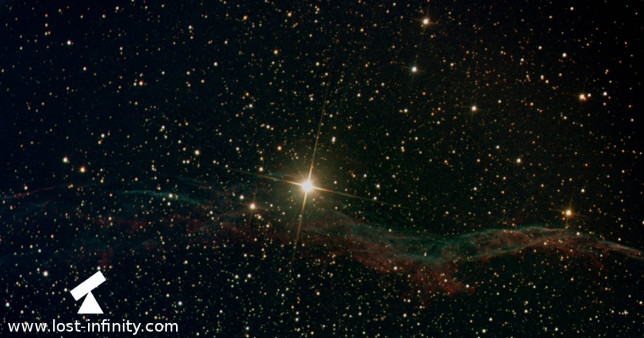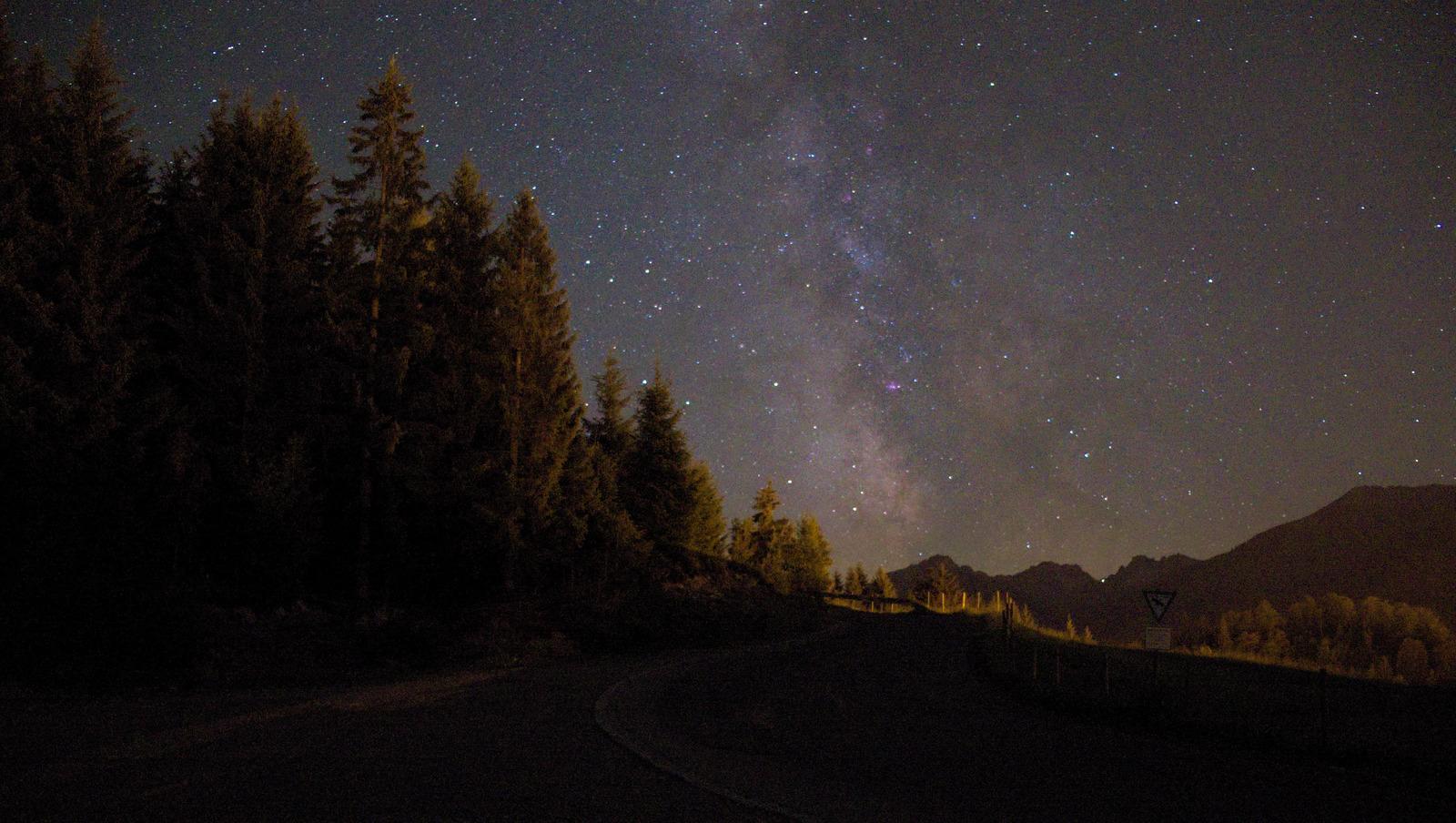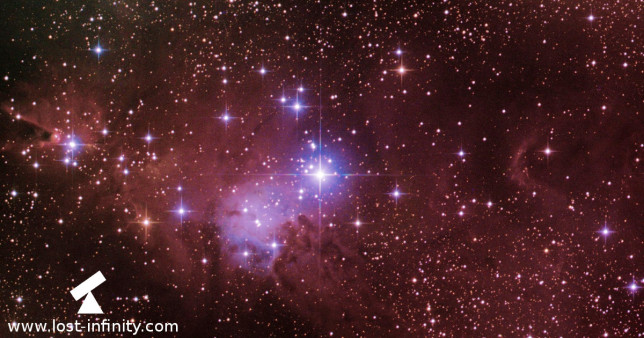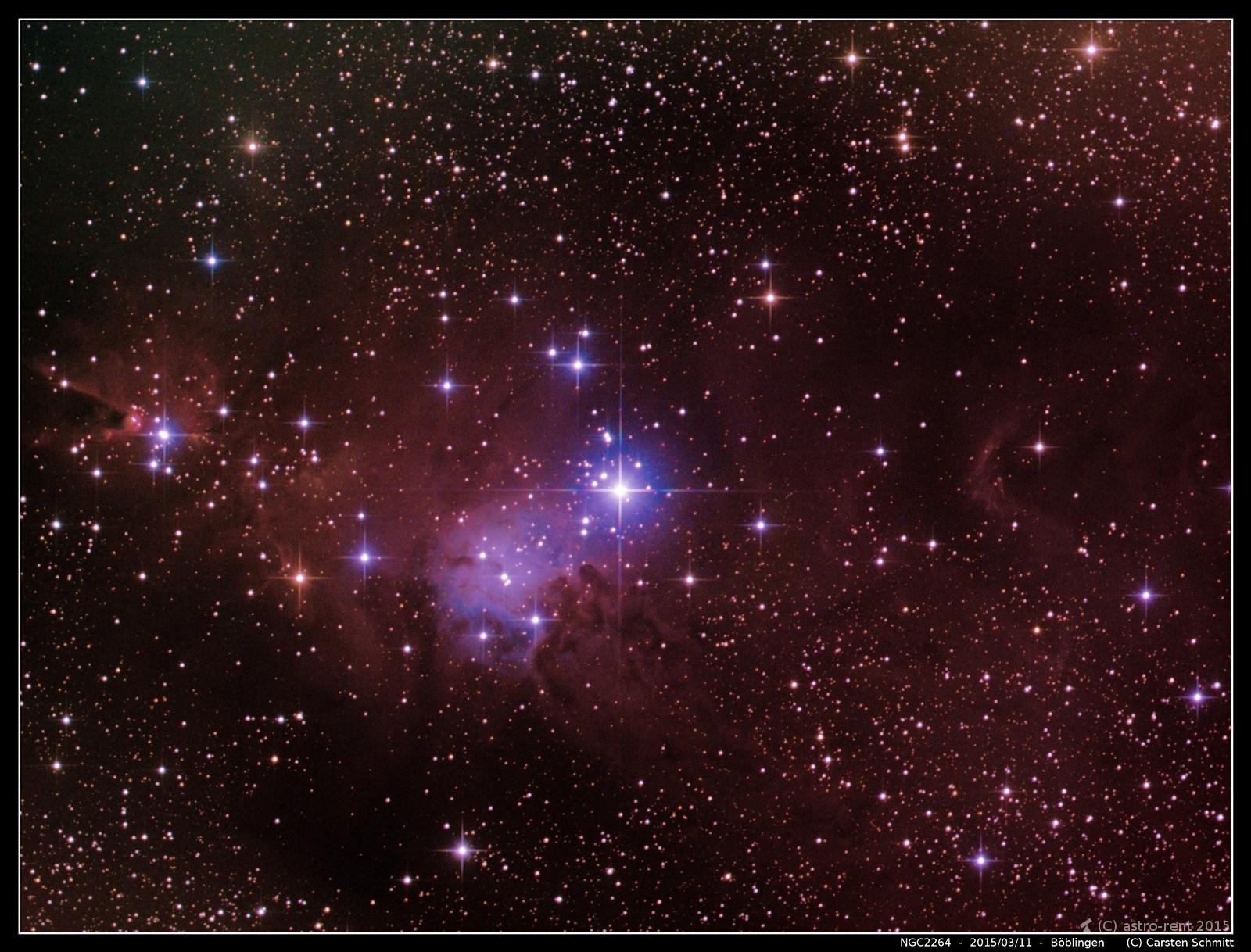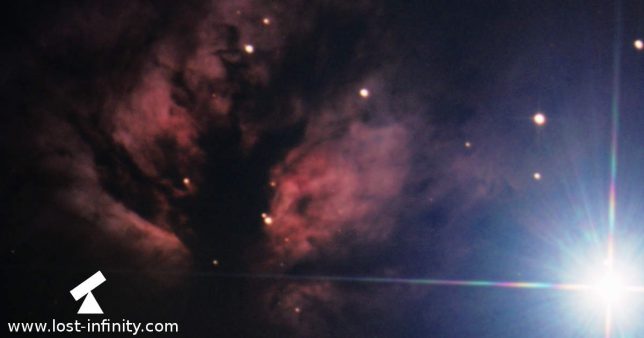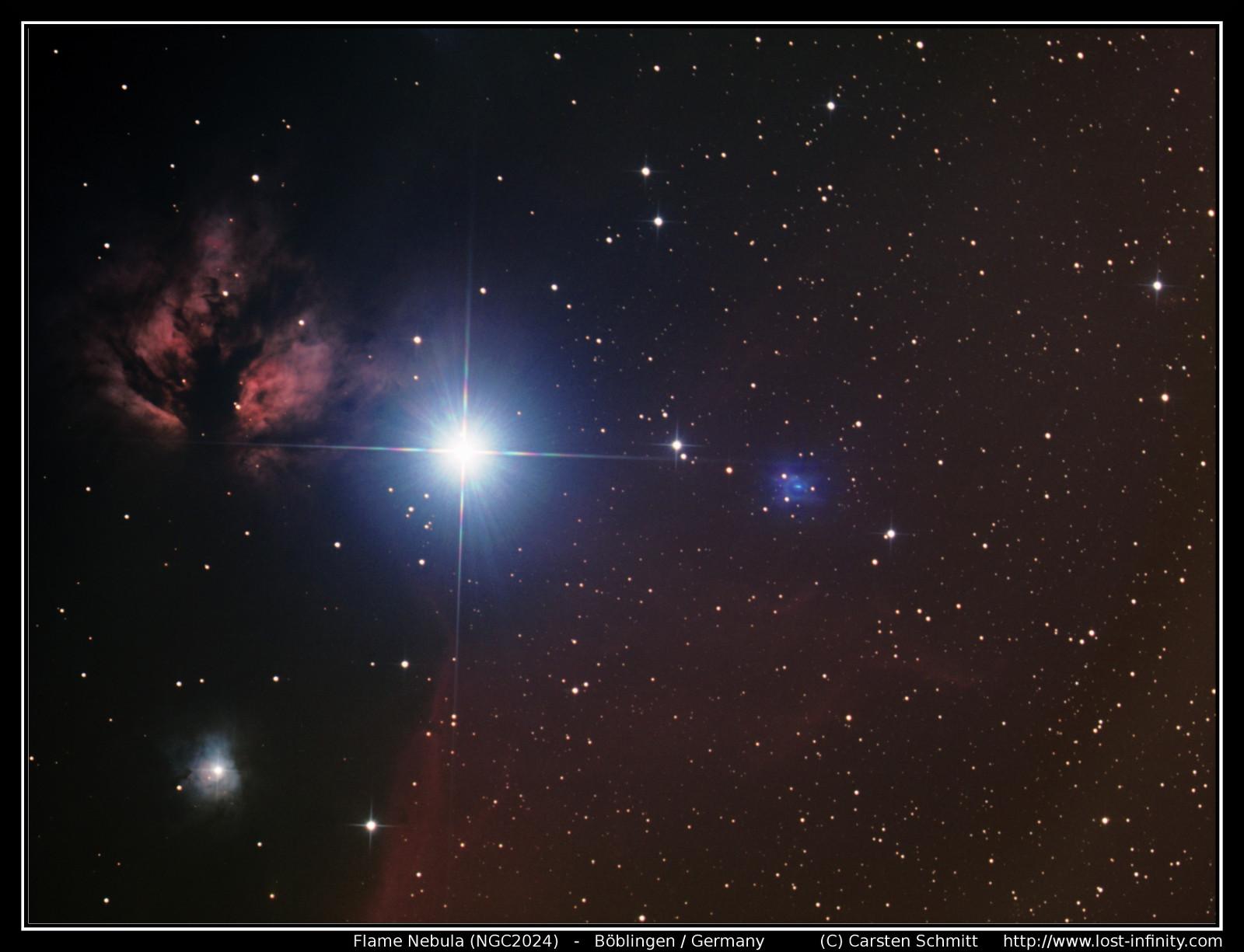 | Date | 2017/03/29 |
 | Location | La Palma / Spain |
 | Object | Messier 65, Messier 66 & NGC3628 |
 | Camera | Atik383L+ |
 | Guiding | yes, QHY5-II Mono via OAG |
 | Telescope | 8" GSO Newtonian |
 | Barlow lens | none |
 | Mount | EQ6Syntrek |
 | Cooling | -10°C |
 | Luminance | 9x 600s, bin: 1x1 |
 | Red | 9x 150s, bin: 2x2 |
 | Green | 9x 150s, bin: 2x2 |
 | Blue | 9x 150s, bin: 2x2 |
 | Dark | 2x |
 | Flat | 10x |
 | Total exposure | ~2h37m |
I was able to record this image of three galaxies in a quite windy but clear night with my own equipment. This night I was based on a quiet place in Tacande on La Palma. I used my 8″ GSO Newton telescope in combination with an Atik383L+ cooled camera. The optics were mounted on an EQ6 Syntrek mount. The total exposure time of the resulting image is about ~2h37m.
It is a combination of 9 luminance frames a 600 seconds exposure time (binning 1×1) and 9 frames a 150 seconds exposure time (binning 2×2) for red, green and blue frames.
A full resolution image is available here.
The three objects shown on the picture are M65, M66 and NGC3628 (also known as the Hamburger Galaxy). All are located in constellation Leo. M65 and M66 were discovered by Charles Messier in 1780. Both are intermediate spiral galaxies and between 35 million and 36 million light-years away. The Hamburger Galaxy is an unbarred spiral galaxy also about 35 million light-years away which was discovered 4 years later by William Herschel.
Clear skies!
Last updated: June 16, 2022 at 12:30 pm




























